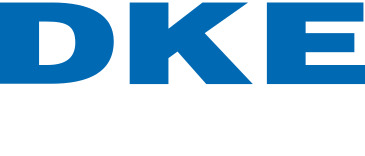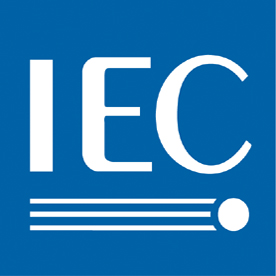IEC 60068-2-64:2008+A1:2019 demonstrates the adequacy of specimens to resist dynamic loads without unacceptable degradation of its functional and/or structural integrity when subjected to the specified random vibration test requirements. Broadband random vibration may be used to identify accumulated stress effects and the resulting mechanical weakness and degradation in the specified performance. This information, in conjunction with the relevant specification, may be used to assess the acceptability of specimens. This standard is applicable to specimens which may be subjected to vibration of a stochastic nature resulting from transportation or operational environments, for example in aircraft, space vehicles and land vehicles. It is primarily intended for unpackaged specimens, and for items in their transportation container when the latter may be considered as part of the specimen itself. However, if the item is packaged, then the item itself is referred to as a product and the item and its packaging together are referred to as a test specimen. This standard may be used in conjunction with IEC 60068-2-47:2005, for testing packaged products. If the specimens are subjected to vibration of a combination of random and deterministic nature resulting from transportation or real life environments, for example in aircraft, space vehicles and for items in their transportation container, testing with pure random may not be sufficient. See IEC 60068-3-8:2003 for estimating the dynamic vibration environment of the specimen and based on that, selecting the appropriate test method. The major changes with regard to the previous edition concern the removal of Method 1 and Method 2, replaced by a single method, and replacement of Annex A with suggested test spectra and removal of Annex C. Also included in this revision is the testing of soft packed specimens.
IEC 60068-2-64:2008+A1:2019
https://webstore.iec.ch/publication/65892

